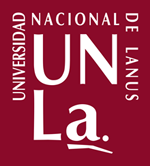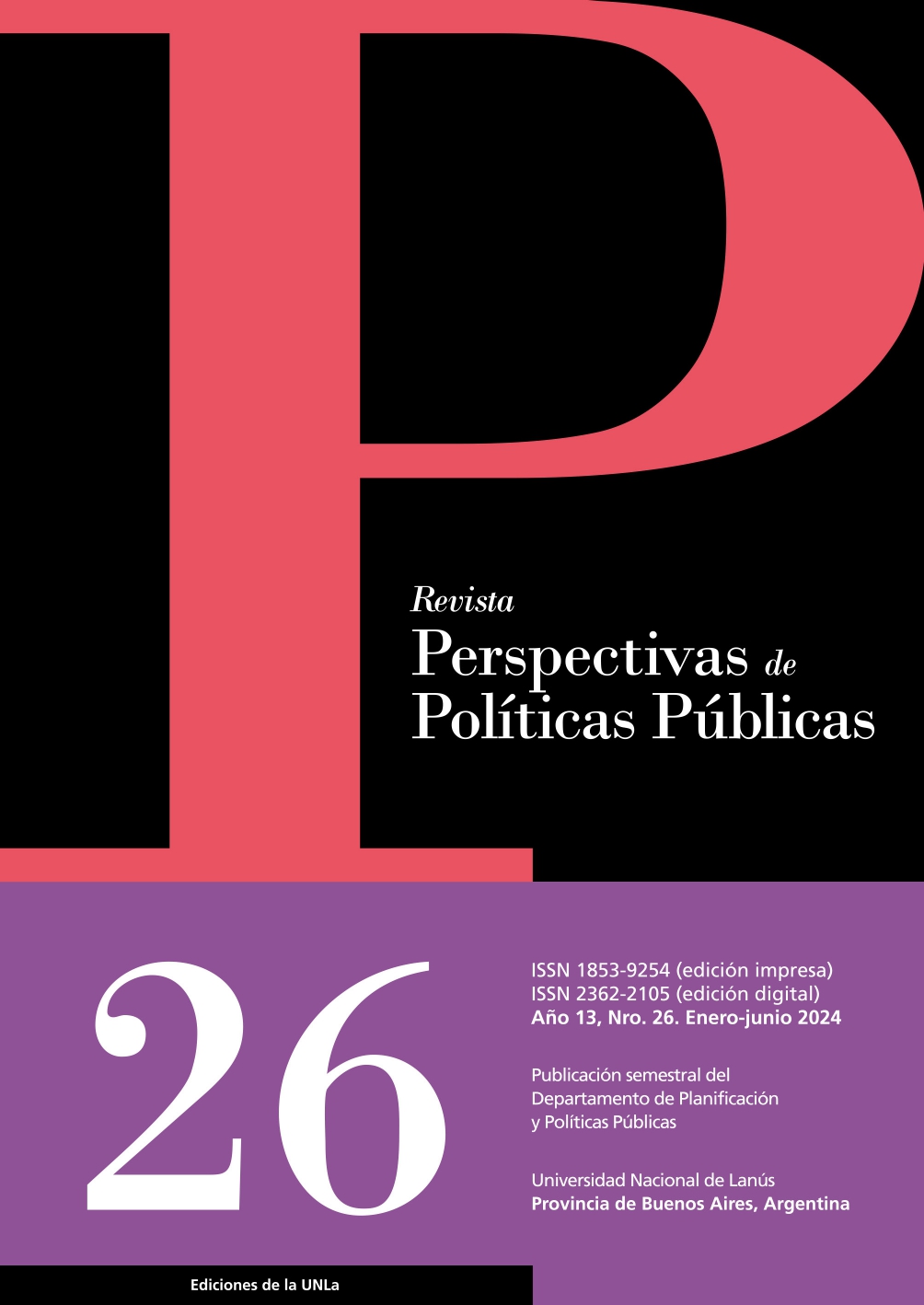Editorial
Abstract
In the notable diversity that characterizes the large and growing number of studies on public policies, there is a basic coincidence: public policies are oriented toward the treatment and eventual resolution of problems. From this central consensus, divergences reappear: when something - a situation or circumstance, the behavior of an actor, a fact of nature, or another - becomes a problem, by virtue of what technical, ideological, or political opportunity criteria. , etc. That something becomes a problem susceptible to treatment by a state policy - as Oszlak and O'Donnell correctly called public policies -, how it is developed, what factors or criteria influence the selection of problems that make up the government agenda, what type of rationality guides her. The problems that motivate public policies have a main characteristic: they are always complex and consequently multidimensional problems, even the most specific or particular ones, no matter how reductionist the approach taken to them may be. The integrality of the social organization is projected on its multiple dimensions. Health care policy, for example, must take into account environmental and educational factors, the existence of professional organizations with particular views on the subject, the configuration of the drug production and marketing market, and others. The same occurs in all other thematic areas addressed from a state policy perspective. Consequently, no matter how specific it may be, every public policy intersects with facets of reality that are the problematic object of other public policies. By virtue of the political-administrative organization of the states that produce the norms that frame the policies, this intersection is manifested in substantive terms - the issues and approaches that make up the problems - and as interjurisdictionality - the institutional and spatial incumbency of various organizations. of public administration, the verticality of jurisdictional boundaries and functional specificity. That is, as a structured area of convergence and coordination between multiple public organizations, as well as different levels of competence, decision and execution. This plurality also affects public bureaucracies that have as specific areas of performance the different management competencies that make it possible for certain policies to be produced and put into operation and others discarded or blocked; It is a close interrelation, below the high levels of political decision-making, that illustrates the porosity and even the fictitious character (Migdal) of the border between the public and the private, feeding the literature about the “deep state” and its effectiveness in evading the limitations derived from constitutional and legal regulations. Without reaching these extremes, competition between organizations for the budgetary allocation of resources, or rivalries and jealousies between public agencies and their officials, is not uncommon. This favors the persistence of a fragmented approach and contributes to the fact that the coordination bodies, created to ensure coherence in actions from the perspective of the comprehensive government agenda, face limitations in the fulfillment of their objectives. In many cases, coordination results in a juxtaposition of partial aspects, especially when the coordinating body has a lower institutional or political level than the supposedly coordinated units, or when coordination lacks a strategic focus on the contribution of the policies of each field to the “ great policy” that drives government action. This is a situation that occurs both between public policies and the organizations with responsibility for them, and between different levels of government. Coordination is not merely an exercise in administrative or budgetary technique, but a political function. Several decades ago Alejandro Nieto developed an implacable diagnosis of this issue in the public administration of the Spanish state: The disorganization of the government (1984). Unfortunately, I have not been able to find anything equivalent or similar in reference to the experience of the Argentine state in the four decades of recovery of democracy, despite the large number of works referring to the already conventional question of its powers understood as effectiveness and efficiency of the state in the performance of the functions it assumes. Complaints through the media and social networks, even those presented in the judicial sphere, have not contributed to resolving the inefficiencies that are reported. The first works that make up this issue of the RPPP address this problem from different angles. The text by Cattáneo and Bocchinicchio argues the need to adopt new perspectives in the design and management of public policies in addressing multi-causal and multi-sectoral problems, and exposes the tension that is generated in conventional management structures and practices with respect to initiatives oriented to overcome them. The article draws attention to the need to train and consolidate a new generation of officials who approach public problems in a transdisciplinary way and points out the prominent role that the university system plays in the training of the technical-professional cadres required for efficient coordination. institutional level, responsibilities and results. Sergio Blogna focuses on some of the specificities raised by the federal design of the national state and its relationship with the provincial states, through the configuration of the federal councils as an institutional tool for coordinating public policies and the case of the Federal Council of Disability. For its part, the article by Rodrigo Carmona, Bárbara Couto and Matías Calvo explores the features presented by local intervention models based on a qualitative analysis methodology to address policies, actions and capacities in productive and labor matters in a selection of municipalities. Buenos Aires. The pragmatism of local administrations emerges from its study, with relative autonomy from the partisan political sign of municipal governments. In the “Research Advances” section, Matías Galgano presents results of his study of the urban renewal process in a municipality in the Buenos Aires suburbs, the growing influence of neoliberal financialization on its development, and the different positions adopted in this regard by the population. affected. The recent COVID-19 pandemic and the policy actions undertaken in response to it in Argentina are the subject of the articles by Giuseppe Messina and Chantal Medici. Messina's text studies the main measures adopted during the COVID-19 pandemic and in the immediately following period in three areas of Argentine social protection: transfers to older people, to households with children and adolescents, and to people of working age. , focusing on the Feed, Boost Work and Emergency Family Income programs, the benefits of the pension system and family allowances. The objective of the research is to analyze how the coverage of the target population of these programs and the sufficiency of the amounts granted in terms of the poverty line evolved during the selected period. Among the main results, the insufficiency of the amounts granted stands out, the drop, with some exceptions, in real spending on social policies and the absence of universal measures for the working-age population; Only in the case of older people was good, although decreasing, protection against poverty achieved, while children and adolescents were the most affected category despite the concentration of measures in this age group, such as AUH and the Alimentar card. Chantal Medici's work summarizes the main actions deployed by feminist activism and allied groups, around the parliamentary debate of the bill on Voluntary Interruption of Pregnancy, which had been sent to Congress by the government that emerged from the general elections of October 2019. Explores the massive action maintained while the possibility of organizing large public demonstrations was interrupted by the pandemic and mandatory isolation, and the links and negotiations with political (governmental and non-governmental) and social actors. The incorporation of the constitutively multiethnic character of our societies into the public policy agendas and the management of collective interests had and continues to have a predominant orientation towards the native peoples of the continent. It contrasts markedly with the attention paid to ethnically differentiated peoples and organizations, established by colonial powers starting in the 16th century in varied conditions of slavery or servitude. The article by Mónica Olaza and associates studies the social condition of the Afro-descendant population in the labor market in Uruguay and the forms of discrimination to which they are exposed despite the existence of a regulatory framework aimed at preventing them. The text is also useful to appreciate the distance that usually exists between regulatory and institutional designs and social practices. Leopoldo Zubeldía and Sofya Sutrayeva present the evolution of a scientific research process in Argentina - development of a veterinary vaccine against brucellosis - and the tribulations that a country in the capitalist semi-periphery faces to expand its scientific-technological capabilities, the intricacies of cooperation international, its questionable philanthropy, and the hegemony displayed by the large laboratories of Europe and the United States. In line with the works of María Mazzucato, the authors point out the strategic role of the State, its scientific-technical organizations and public universities in the production and application of scientific knowledge and in its promotion of the development of the country, as well as the training of collaborative alliances with business counterparts that, in addition to their scientific and commercial utility, preserve the primacy of national interests in the scenarios proposed by the dominant actors in global capitalist financialization.
Carlos M. Vilas Director.






